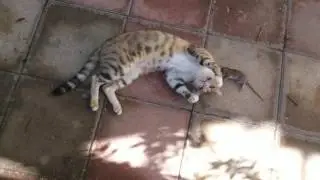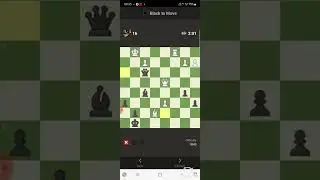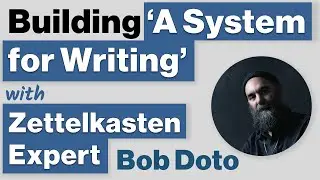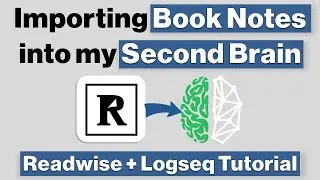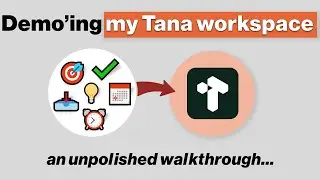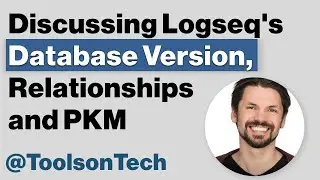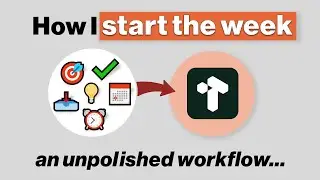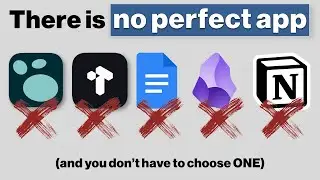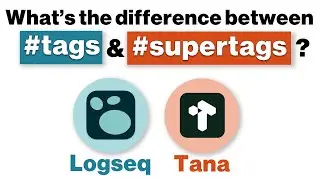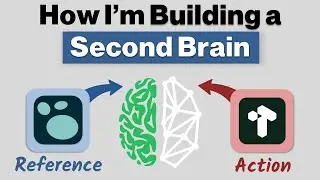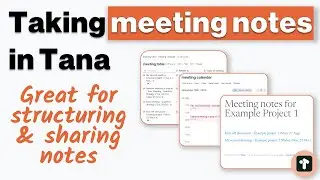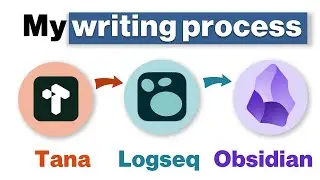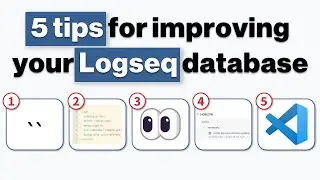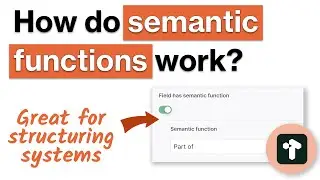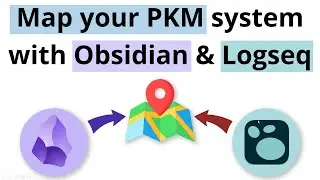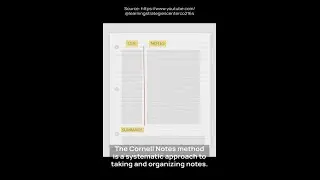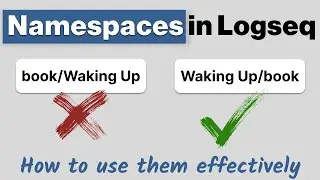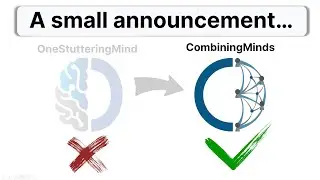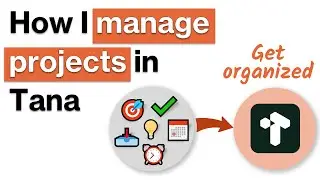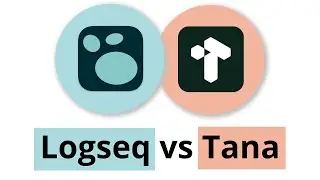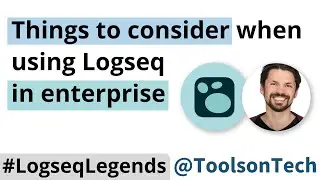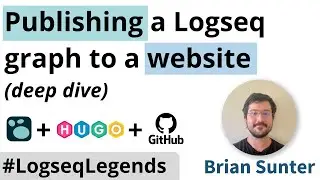Logseq beginner's course (5/8) - Tagging for task management, spaced repetition & resurfacing info
TAGGING FOR TASK MANAGEMENT AND SPACED REPETITION + RESURFACING INFORMATION
───────────────────────────────────────────────────────────
Logseq allows for additional 'structural' elements beyond bi-directional links. These include powerful task management capabilities, as well as a spaced repetition feature. On top of that, even if you haven't been using bi-directional links, the interface easily allows you to find "unlinked" references and make connections after the fact, so you never have to worry about finding your information again.
🤓 LOGSEQ COURSE
───────────────────────────────────────────────────────────
Want to learn how to be more effective in Logseq? My course "Logseq Mastery" is now available here 👉🏽 https://www.logseqmastery.com 🙌🏽
If you're struggling to manage all your notes and information across personal, professional and academic life, then this is for you. I've built out a structured approach to mastering Logseq from the bottom-up, so that you don't need to navigate through a mass of disparate YouTube tutorials.
Logseq is a powerful combination of a text editor, an outliner, and a linked-network builder, but there is admittedly a learning curve. The course has a wealth of write-ups, videos and diagrams to smooth your transition and quickly master the set of tools available to you in Logseq.
⏲TIMESTAMPS
───────────────────────────────────────────────────────────
00:00 Recap and introduction
00:21 Tagging for task management
00:55 Adding priorities
01:37 Tagging your blocks for spaced repetition
02:14 Using scheduled dates
03:02 Thinking about approach again: Why is linking important
04:01 How to resurface information
04:55 Finding unlinked references
05:42 Up next: Navigating menus
